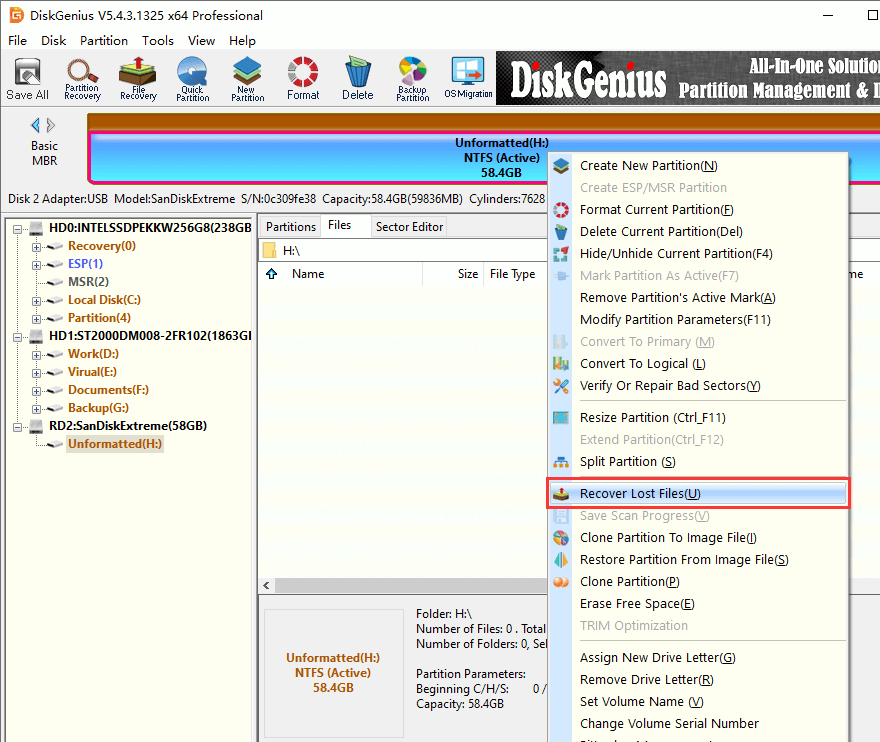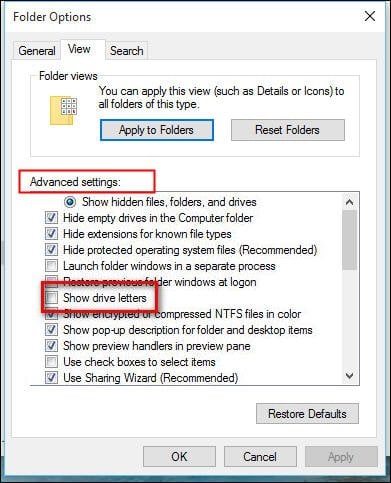

Log off and log on, or restart the computer to apply the changes. (see screenshot above)ī) Click on Yes to confirm the deletion. A) Right click on a listed /DosDevices\ (drive letter) (Ex: /DosDevices\D: ) that you want to remove the drive letter of, then click on Delete. WARNING: Do not remove the C: drive letter. (see screenshot above)įor Example: If I wanted to change it from D: to K:, then I would rename it to /DosDevices\K: instead. If you plug in one then the next one simply doesn't appear, either in My Computer or in the Disk Management utility. (see screenshot above)ī) Rename it with a drive letter that you want to use, and is not already listed here, and press enter. The problem is that Windows 7 is not seeing them as separate drives. A) Right click on a listed /DosDevices\ (drive letter) (Ex: /DosDevices\D: ) that you want to change the drive letter of, then click on Rename. WARNING: Do not change the C: drive letter. (see screenshot below) HKEY_LOCAL_MACHINE\SYSTEM\MountedDevices

If it is, right-click the disk number and select Online. If the drive letter does not show on the drive, check if the drive is offline. Click 'Add'> 'OK' to pick out the available drive letter. In regedit, navigate to the location below. In Disk Management, find out the unlabeled hard drive and right-click on it to choose 'Change drive letter and paths.' STEP 4. Open the Start Menu, then type regedit in the search box and press enter.Ģ. The reverse problem may also occur: when the user with administrator permissions on the computer is connecting network drives using the Group Policy logon scripts, scheduled tasks or SCCM jobs (which are running with elevated privileges), these drives are not visible to the user in File Explorer (unprivileged process).To Change or Remove Drive Letter Manually in Registry Editor 1. These links are associated with the current process access token and are not available to other tokens. When you map shared network folders, the system creates symbolic links (DosDevices) that store the drive letter mapping to the UNC paths. SeDelegateSessionUserImpersonatePrivilegeĪpplications under the same user may be run in two contexts when UAC enabled (privileged and unprivileged).


 0 kommentar(er)
0 kommentar(er)
